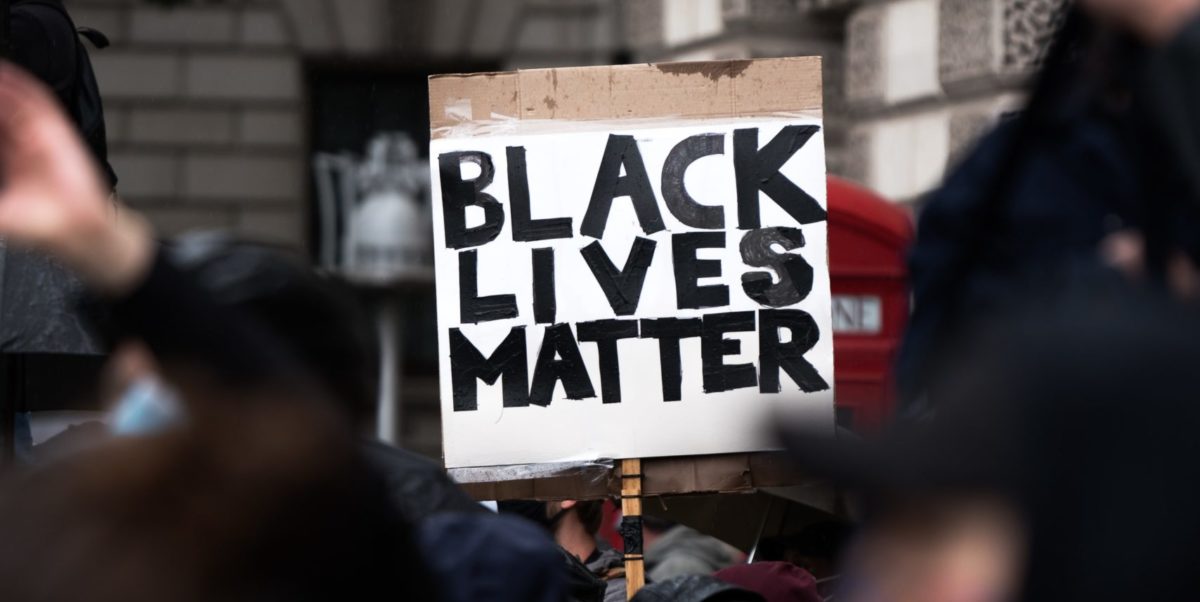As I watched people attack the U.S. Capitol last January 6, I, like many Canadians, asked myself: could anything like that happen here? Well, this past week, we got our answer when we watched thousands of anti-vaccine mandate demonstrators occupy downtown Ottawa for a week – while the Ottawa police did almost nothing to stop them. And this was despite the fact that Ottawa police Chief Sloly eventually had to admit that the protest was, “intolerable [and] unprecedented”, and that, “the range of illegal, dangerous and unacceptable activities is beyond the ability to list.”
And, just as people around the world remarked at how American police treated the capital attackers very different from Black Lives Matter protesters, we saw how Ottawa police treated the truckers very differently from the young Black and Indigenous protesters who blocked an Ottawa intersection in November 2020, following the acquittal of OPS constable Daniel Montsion in the death of Abrirahman Abdi.
But, unlike many people, Black people I know weren’t surprised at the OPS (Ottawa Police Service) response. On the contrary, we saw the OPS acting exactly as expected. That’s because the OPS, like all police forces in Canada, has always had one mandate: protect the powerful – or at least don’t get in their way. And the thousands of convoy protesters, with their millions in the bank, were the powerful. The young Black and Indigenous protesters who blocked the Ottawa intersection in November 2020 weren’t.
So, despite knowing that the young protesters had a meeting arranged with city councillors and Ottawa Police Service Board members at noon Saturday, that would end the protest, the Ottawa police moved in around 3am Saturday morning and forcibly removed the protesters, arresting and charging 12 of them.
Those charges hung over their heads for a year.
When asked why the OPS appeared to handle the two events very differently, Chief Sloly said the two situations were different, and that he didn’t see a connection with the scale, size and nature of what police faced with the convoy protest. So, the Chief was basically saying, “You can’t compare the two events because the convoy protest was way bigger.” However, saying the convoy was bigger is a comparison so the Chief contradicted himself in the same sentence. But, more importantly, we can compare and what we’re all seeing is that the double standard couldn’t be more blatant. Clearly, the OPS believes some people have more right to protest than others.
All the OPS could have really said about the Nov. 2020 demonstration is that it posed multiple potential safety issues because no one actually said that demo made them feel unsafe. However, there were many reports of people saying the convoy demo made them feel unsafe or actually unsafe.
The convoy blocked Joline Mallet’s 4-yr-old son Liam from getting to his brain cancer treatments. Downtown residents’ homes were vandalized for having Pride flags. Journalists, unhoused people and small business owners were harassed by protesters, some of whom carried confederate flags. Protesters parked, danced and urinated on the War Memorial and kept residents up by blowing their horns well into the night. And the convoy caused businesses in the downtown core, vaccination clinics and an elementary school to close. The Ottawa Coalition to End Violence Against Women said members of the protest were overtly threatening and intimidating women, people from marginalized communities, and those working in precarious low-paid employment. They said they heard accounts of young women being followed, almost run over, and threatened with rape.
When challenged about the poor police response, the OPS said they considered it a success because there were no riots, injuries, or deaths. This bears repeating: their measure of success wasn’t whether women got harassed, or unhoused people got beat up or whether people were too afraid to leave their house to go to work. As long as there were no riots it was all good.
In defence of the police, Diane Deans, who both chairs the police Board and is running for Mayor, said we must trust in the police service and their “greater experience with risk and threat assessments and that they make decisions based on the information they have in the moment, with public safety clearly in the centre.” Simply avoiding riots isn’t centreing public safety.
The OPS response to the convoy backs up calls to defund and eventually abolish the OPS. This is because the main question people ask about abolishing the police is, “What about the murderers? What about the rapists? Who are we going to call for then?” Well, up until last week, people could have asked, “What if thousands of angry protesters occupy downtown Ottawa and harass people for a week? Who are we going to call then?”
Well, now it’s crystal clear who people shouldn’t call: the Ottawa police.
Enough is enough. It’s time to start the process of abolishing all Canadian police forces by defunding them and starting real community conversations about what systems we can create to truly make us all safer.
This piece originally appeared on The “True” North blog.




